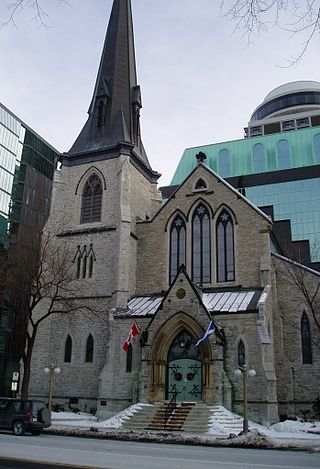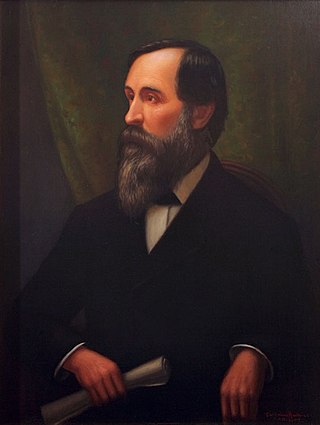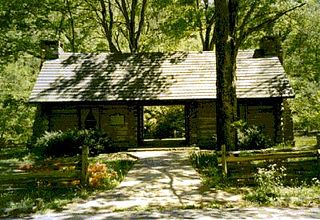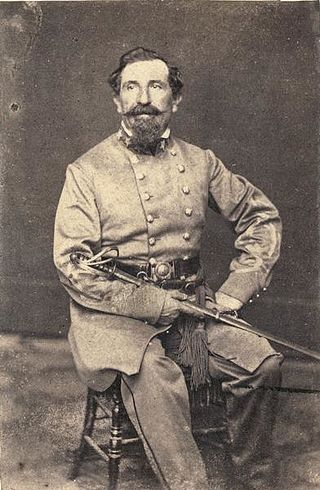History
Prosperity Presbyterian Church was located near Oakland, Tennessee (between Oakland, Tennessee and Arlington, Tennessee) in western Fayette County, Tennessee. It was named Prosperity because many of the charter members came from Prosperity, South Carolina. Prosperity was organized on the fourth Sunday in December 1834 by 29 congregants. Later the congregation moved to the southeast corner of the intersection of State Route 196 and Donelson Drive. The Prosperity Church soon became a member congregation of the Presbyterian Church in the United States. Also in 1834, a Cumberland Presbyterian Church was established in the Hickory Withe community called Mount Pleasant Church. This church was originally located on Ivy Road at the site of the Mount Pleasant Cemetery. The name was later changed to the Hickory Withe Cumberland Presbyterian Church, and it moved to the location on Donelson Drive, where the present-day Hickory Withe Presbyterian Church is located. On May 10, 1907, the congregation of Hickory Withe Cumberland Presbyterian Church at Hickory Withe voted to dissolve and the membership was received into Prosperity Presbyterian Church. The Cumberland congregation had the larger church building, and the Prosperity Presbyterian Church had a pastor, so the congregations united. The name of the church was changed to Hickory Withe Presbyterian Church. For more than 50 years, the Hickory Withe Church shared a minister with the Oakland Presbyterian Church and would have Sunday School each Sunday but would have worship services only twice a month. In 1980 with the recommendation of the session and 100% vote of the congregation, the church withdrew from the Presbyterian Church in the United States and joined the Presbyterian Church in America.
Historic buildings
The sanctuary of the Hickory Withe Presbyterian Church is a simple Carpenter Gothic structure in the Gablefront house style. It was erected in the 1850s, and today's structure remains faithful to the original architecture. Changes to the original sanctuary include closing off the original "slave gallery," which was provided during the early American era when slave-owners were expected to bring their slaves to church in order that they may be converted; replacement installation of stained-glass windows; installation of a raked sub-floor; and replacement of the shingled roof with a metal roof. Nearing condemned status in the 1980s, the sanctuary foundation was fully repaired and the building returned to sound condition. There was a school located on the west side of the church, and in the 1930s it was determined that there was a need for the old school to be torn down and a new school built by the Works Progress Administration. Will Weber, a Ruling Elder of Hickory Withe Presbyterian Church and chairman of the School Board, is reported to have prayed alone all-night asking God's will on where the school should be built. The next morning, he announced that the front of the school should be at the edge of the church property. In 1974, Ruling Elders Alfred Hodges (at that time a county commissioner) and Mayes Webb (a member of the school board) helped in an effort for the church to buy the school building for use as the church's fellowship hall. Also in the 1980s, an education wing was added onto the sanctuary building, adding multiple classrooms, nursery facilities, bathrooms, utility/storage space, and a Pastor's Study. Wheelchair access was also added with the new wing.

Fayette County is a county located in the U.S. state of Tennessee. As of the 2020 census, the population was 41,990. Its county seat is Somerville. The county was named after the Marquis de la Fayette, French hero of the American Revolution. A part of the Memphis, TN-MS-AR Metropolitan Statistical Area, Fayette County is culturally alike to the Mississippi Delta and was a major area of cotton plantations dependent on slave labor in the nineteenth century.
Hickory Withe is an unincorporated community in Fayette County, Tennessee, United States, and is within the Memphis metropolitan area. For several years it functioned as an incorporated town, and was so treated at the 2000 census, at which time it had a population of 2,574.

The Cumberland Presbyterian Church is a Presbyterian denomination spawned by the Second Great Awakening. In 2019, it had 65,087 members and 673 congregations, of which 51 were located outside of the United States. The word Cumberland comes from the Cumberland River valley where the church was founded.

Robert Looney Caruthers was an American judge, politician, and professor. He helped establish Cumberland University in 1842, serving as the first president of its board of trustees, and was a cofounder of the Cumberland School of Law, one of the oldest law schools in the South. He served as a Tennessee state attorney general in the late 1820s and early 1830s, and was a justice of the Tennessee Supreme Court in the 1850s and early 1860s. He also served one term in the United States House of Representatives (1841–1843). In 1863, he was elected Governor of Tennessee by the state's Confederates, but never took office.

St. Andrew's Presbyterian Church is the oldest Presbyterian church in Ottawa, Ontario, Canada.

Andrew Jackson Donelson was an American diplomat and politician. He served in various positions as a Democrat and was the Know Nothing nominee for US vice president in 1856.

John Rankin was an American Presbyterian minister, educator and abolitionist. Upon moving to Ripley, Ohio, in 1822, he became known as one of Ohio's first and most active "conductors" on the Underground Railroad. Prominent pre-Civil War abolitionists William Lloyd Garrison, Theodore Weld, Henry Ward Beecher, and Harriet Beecher Stowe were influenced by Rankin's writings and work in the anti-slavery movement.
The Cumberland Presbyterian Church in America is a historically African-American denomination which developed from the Cumberland Presbyterian Church in 1874.
Cumberland College in Princeton, Kentucky, was founded in 1826 and operated until 1861. It was the first college affiliated with the Cumberland Presbyterian Church. In 1842, the Cumberland Presbyterian denomination withdrew its support from Cumberland College in favor of Cumberland University in Lebanon, Tennessee. In doing so, the denomination intended to simply relocate the school from Princeton to Lebanon, but Cumberland College remained open without denominational support until the Civil War.

John Berrien Lindsley (1822–1897) was an American Presbyterian minister and educator in Nashville, Tennessee.

Cane Hill College, originally Cane Hill School, was the first institution of higher learning in Arkansas. It operated in Canehill, Arkansas from 1834 until 1891.

Montgomery Bell State Park is a Tennessee state park in Burns, Tennessee, United States. The park covers 3,782 acres (1,531 ha) and its official elevation is 758 feet (231 m). However, due to the dissected wooded terrain typical of the Nashville Basin, actual elevations range from 580 feet to 860 feet. The park is open for year-round recreation including boating, hiking, camping, fishing and golf. Montgomery Bell State Park was built during the Great Depression by members of the Works Progress Administration and Civilian Conservation Corps as Montgomery Bell Recreational Demonstration Area. Named for iron industrialist Montgomery Bell, the park is known as the birthplace of the Cumberland Presbyterian Church.

The First Cumberland Presbyterian Church is a historic Cumberland Presbyterian church building in McKenzie, Tennessee, United States, that was added to the National Register of Historic Places in 1993.

Clear Springs Cumberland Presbyterian Church is a historic church of the Cumberland Presbyterian denomination in McMinn County, Tennessee, about 6 miles (9.7 km) southeast of Calhoun. The church building, which is no longer in use, is listed on the National Register of Historic Places.

Old Kingsport Presbyterian Church is an historic church located in Kingsport, Tennessee. The church was organized May 20, 1820 as the Boatyard Congregation. It is the oldest one of any denomination in the city of Kingsport. It is a member of the Presbyterian Church (U.S.A.).

Thomas William Humes was an American clergyman and educator, active in Knoxville, Tennessee, during the latter half of the 19th century. Elected rector of St. John's Episcopal Church in 1846, Humes led the church until the outbreak of the Civil War, when he was forced to resign due to his Union sentiments. He was named president of East Tennessee University in 1865, and during his tenure, he led the school's expansion and transition into the University of Tennessee. Humes later served as the first librarian of the Lawson McGhee Library, and published a book about East Tennessee's Unionists entitled, The Loyal Mountaineers of Tennessee.
Union Church is an unincorporated community located in Jefferson County, Mississippi, United States.

Adolphus Heiman was a Prussian-born American architect and soldier; later becoming a Confederate officer during the American Civil War.
Waynesboro Cumberland Presbyterian Church is a historic church of the Cumberland Presbyterian denomination on High Street in Waynesboro, Tennessee.















